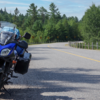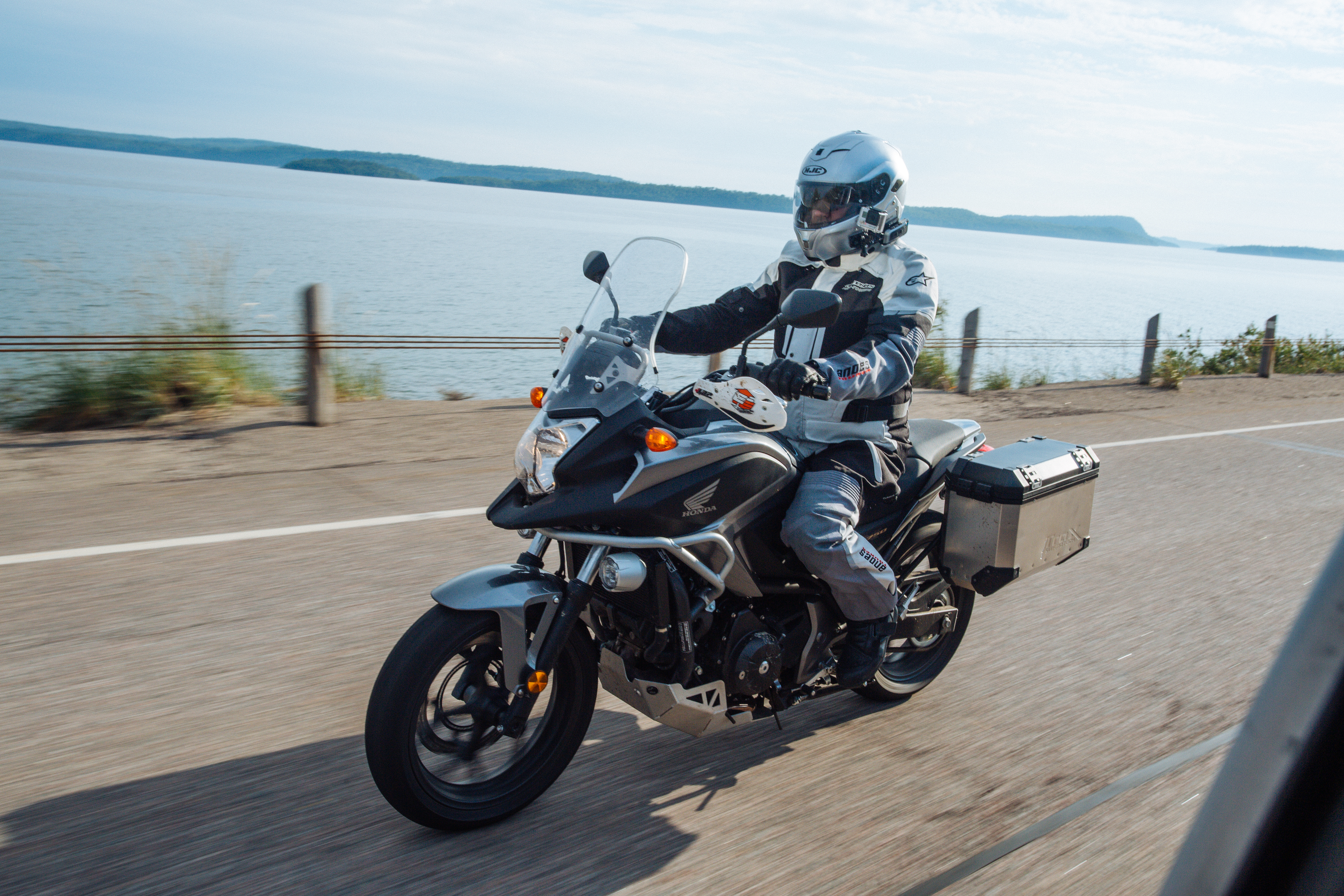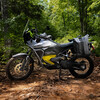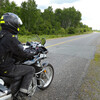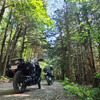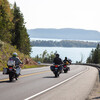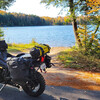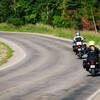
Do you have your ICE ready?
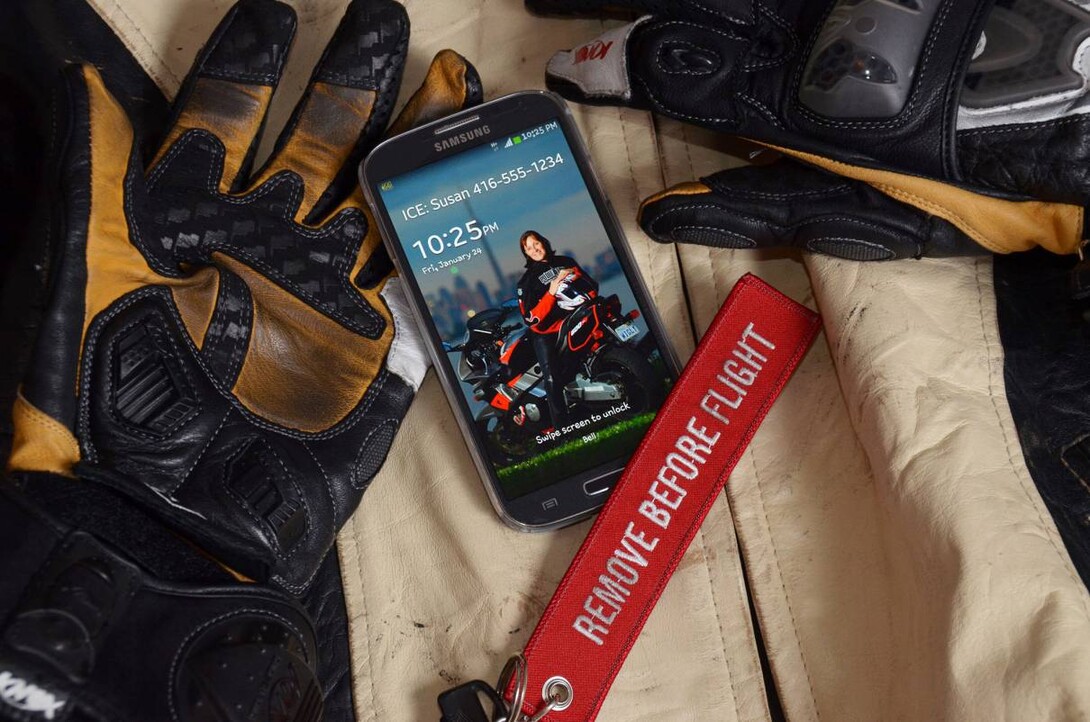
Editor's Note: Whether you're riding with friends close to city limits, wandering alone along remote northern roads, or taking in the scenery on a motorcycle vacation, when things go wrong sometimes our first instinct is to panic. Thankfully, riding in Ontario offers some of the best infrastructure anywhere, so as long as you're prepared, you can enjoy your riding adventures with peace of mind. Below, rider and photographer Wobblycat offers a few tips.

“Expect the best. Prepare for the worst.” - Zig Ziglar
The above quote is as true for any rider as it is in life generally. As an experienced Ontario rider, I have 12 years and over 200,000 km's riding experience and share the following not just in theory, but in practice. I have been on many long trips, including one where a member of my group had to be air-lifted to the nearest hospital. I also have been personally involved in a not-at-fault motorcycle accident, during which a distracted driver drove directly into my oncoming right of way. If it can happen to me, it can happen to anyone.

Sitting in the saddle of my bike on the open road, riding through twisties, maybe even catching a glimpse of a fox as I go by—this is the life! But riding carries risks, and things can change in an instant no matter how cautious, highly skilled or how brightly visible you are. It’s not the sort of thing that we like to think about, but a few small steps can save a lot of grief, or in the worst case scenario, even your life.
For any riding trip:
1. Tell someone where you’re going and when you’ll be back.
2. Make sure your cell phone is charged and on your person, not in your luggage.
3. Carry your roadside assistance and insurance phone number and policy number.
4. Put your “In Case of Emergency” (ICE) contact on your phone’s lock screen.
(ICE info in your contacts list won’t do much good if your phone is locked!)
5. Carry your medical information—document any medical conditions with a Medic Alert, or a tiny medical information carrier that sticks to your helmet (I prefer this).
6. Carry your friends’ ICE information if you’re riding in a group.
7. Carry a pen and small notepad (see “At the scene" below) or use your phone
8. Wear clean underwear—this advice is from your mom.
On a multi-day road trip, I have all of the above printed on a piece of paper, visible on my tank bag. I also make sure that everybody has everybody else’s ICE and medical information. If despite your best preparations a mishap should occur, there are a few other things to keep in mind…

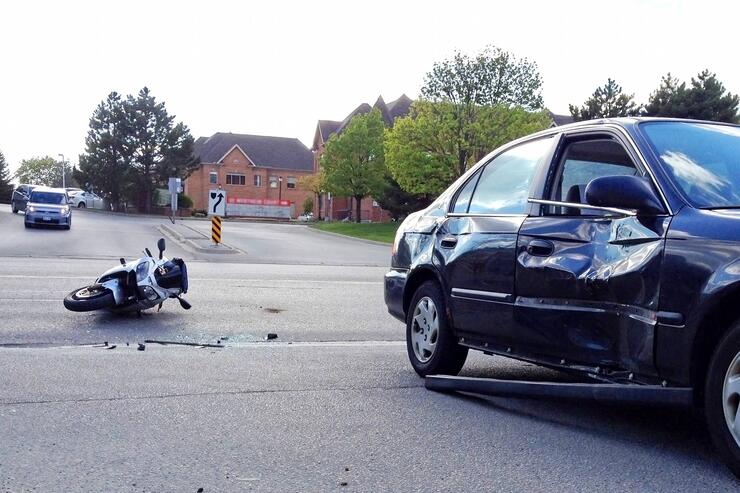
At The Scene:
1. Take care of yourself until medical professionals arrive—get well off the road and stay there.
2. If no one has called 911 and/or the Ontario Provincial Police, call them yourself.
3. Take lots of pictures—if you’re able, take as many photos of the scene as possible for reference. Include other parties present, license plates, impact damage, skid marks, road conditions, etc. that can be used later as evidence if necessary.
4. Call your ICE Contact—this news is better coming from you than from the police.
5. If you feel any pain, go to the hospital or see a doctor.
6. Gather all the information that applies:
a. Third party – name, vehicle model/colour/year/license plate number,
insurance company name and policy number.
b. Police officer – name, badge number, phone number, and police report number.
c. Who was charged with what.
7. Call your insurance company.

As you may have noticed, I've mentioned phone-related functions multiple times—your cell phone is an indispensable tool! I always put mine in my jacket or pants pocket in a resealable plastic bag to protect against rain and sweat. When not in an emergency situation, you can even use it to take selfies in front of a sign to prove that you were there.
Now that you’ve done all the prep work, get out there and have fun! Do you hear that? It’s the road calling your name. The 2014 season will be here before we know it… and before long it'll be time to hit one of the Top Ten Ontario Motorcycle Routes!
Recommended Articles

Bucket List Motorcycling in Ontario, Canada 2025

Ontario's Best Twisties: Five Roads to Get Your Lean On

The Big Belly Tour—A Complete List of Ontario's BBQ Joints

It's Bike Night in Ontario 2024

Ontario's Top Twisties

Have You Ridden Canada's OG Highway? Here's Why Every Rider Needs to Hit Up Historic Highway 2

23 Amazing Photos That Prove PD13 Is Still The Best Motorcycle Event Ever

Motorcycle Swap Meets in Ontario—The Complete List for 2025

And a Vespa shall lead them all...
